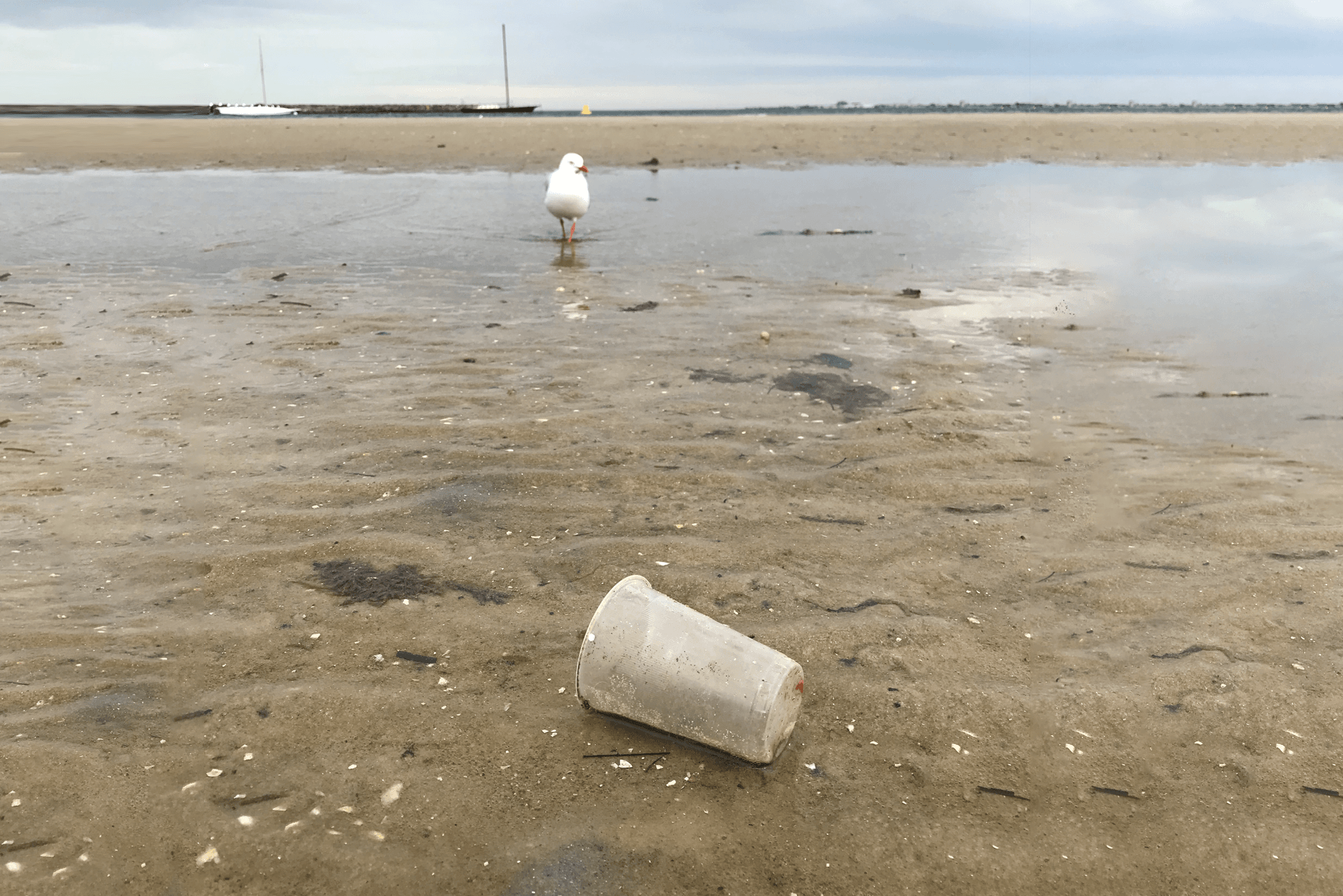Our report contains dedicated pollution indicators with a coastal focus and a synthesis of the latest microplastics research in Victoria.
We know that good air quality is essential for human health and our report also includes a dedicated coastal air quality indicator. It is believed to be the first instance of focused coastal air quality reporting in Australia.
Like other economies with a history of industrial activity, Victoria has waste, litter and pollution. Contaminated sites exist in coastal areas, including landfills and industrial facilities. Some sites need to be actively managed to reduce the risk to humans and the environment.

Port Phillip Bay
Coastal air quality surrounding Port Phillip Bay is generally of good quality. Focused research has been conducted near shipping terminals, using lower quality air monitoring sensors. They suggest evidence of fine particle pollution near Station Pier in Port Melbourne. Fine particles are also known as PM2.5. PM2.5 are very small particles usually found in smoke. They have a diameter of 2.5 micrometres (0.0025 mm) or smaller.
Gippsland Lakes
Large bushfires have occurred in coastal Victoria in recent years. Bushfire smoke has been measured at levels significantly more than health-based standards. Air quality surrounding the Gippsland Lakes was extensively monitored during the 2019-20 bushfires. The data shows the daily air-quality standard measured in PM2.5 was frequently breached during the summer of 2019-20.
Gippsland Lakes
Corner Inlet and Nooramunga
Western Port
Port Phillip Bay
Data source: Port Phillip EcoCentre, Tangaroa Blue Foundation, Academic researchers
Gippsland Lakes
Corner Inlet and Nooramunga
Western Port
Port Phillip Bay
Data source: https://www.lightpollutionmap.info, Academic researchers
Gippsland Lakes
Corner Inlet and Nooramunga
Western Port
Port Phillip Bay
Data source: EPA Victoria
Gippsland Lakes
Fine particle pollution during non-bushfire periods
Gippsland Lakes
Fine particle pollution during bushfire periods
Corner Inlet and Nooramunga
Western Port
Port Phillip Bay
Ozone
Port Phillip Bay
Nitrogen dioxide
Port Phillip Bay
Carbon monoxide
Port Phillip Bay
Sulfur dioxide
Port Phillip Bay
Fine particle pollution
Data source: EPA Victoria, Academic researchers

